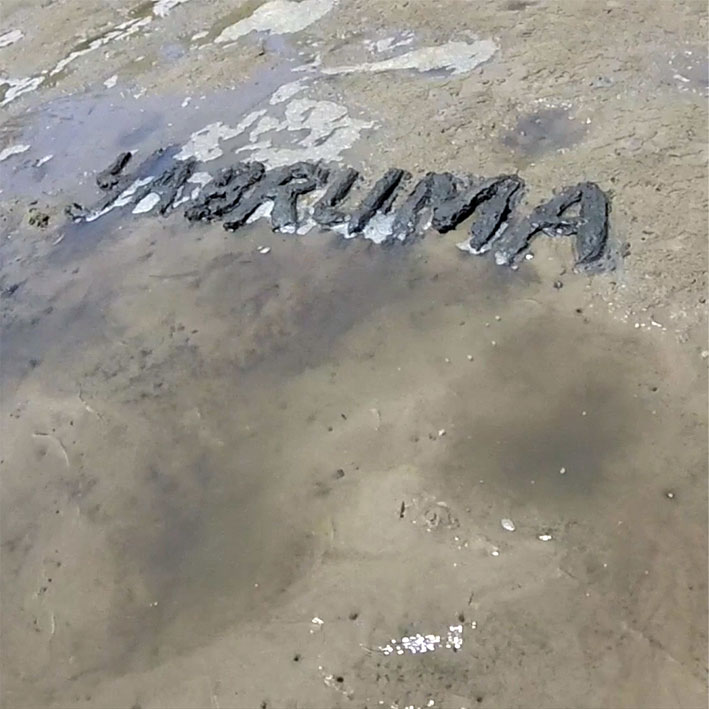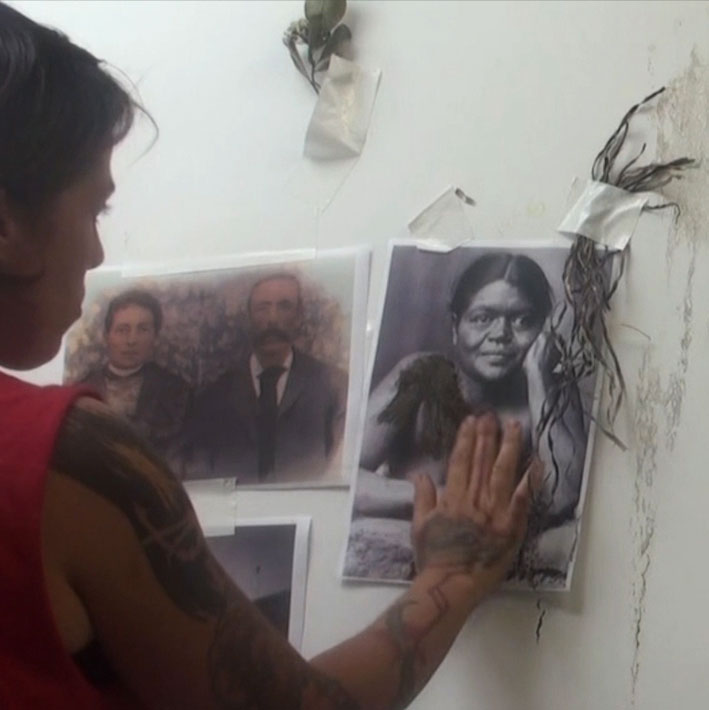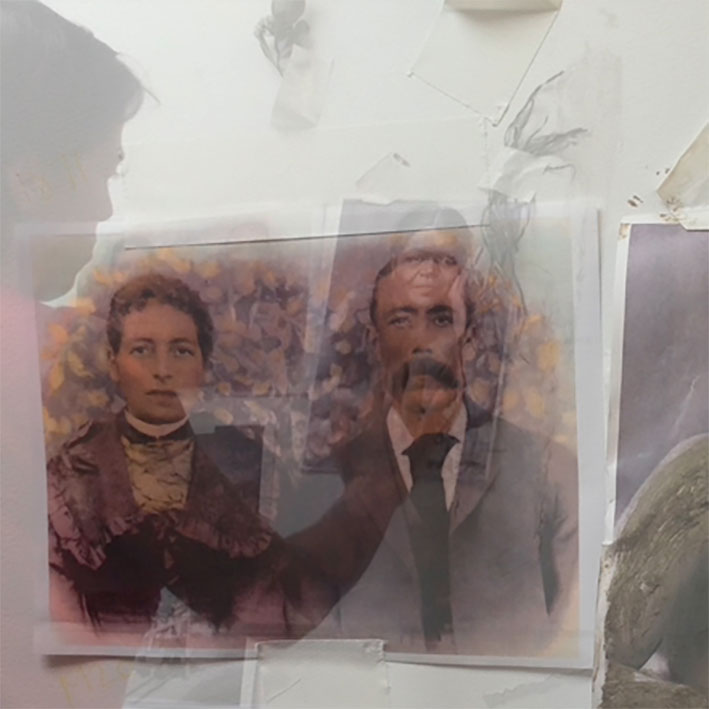NOVEMBER 2015
This work was installed in Headland, an exhibition at The Walls Gallery curated by Rebecca Ross and Danni Zuvela.
There is something vitally important for me in the listening and being with and honouring the simplicity of my work; that it is not over explained in a language not of its essence – a language not from country. The act of creating is my woman’s business and the BANGAN (mud) or seaweed or mangroves or sea grass are valid enough without being contextualised. In fact they are more valid to me than the context or meaning made of them.
I create the art only to bring this out and the story I see in it. Holding my own integrity to validate the MUD, which in its existence as REAL – maybe a ‘real’ acknowledgement of Traditional Laws and REAL observance of Traditional Customs – feels like a form of resistance. Resistance in response to the legal determination in the Yorta Yorta Native Title claim by Justice Olney (1998) that
…the tide of (his)story has washed away any real acknowledgement of traditional laws and any real observance of traditional customs.
My work asks for a deep sense of listening. If I Listen to the mud and watch the tide wash in and out and the landscape change, I listen to the mangroves as they take root and hold ground… if listen to their seeds drift with the tide to take hold elsewhere on the shorelines… I will be more and know more about everything – about past present and future. About me and my children and my relationship to everything.
It is somehow appropriate that I was drawn to the Mangroves as the context for my new work, and to discover, through this process, that my ancestors – WIDJUMBAREGUN, daughter of Junobin and Gonsales, THE MANILA MAN are named, each in their own culture, for plants that grow within the area of mangroves where they were born.




